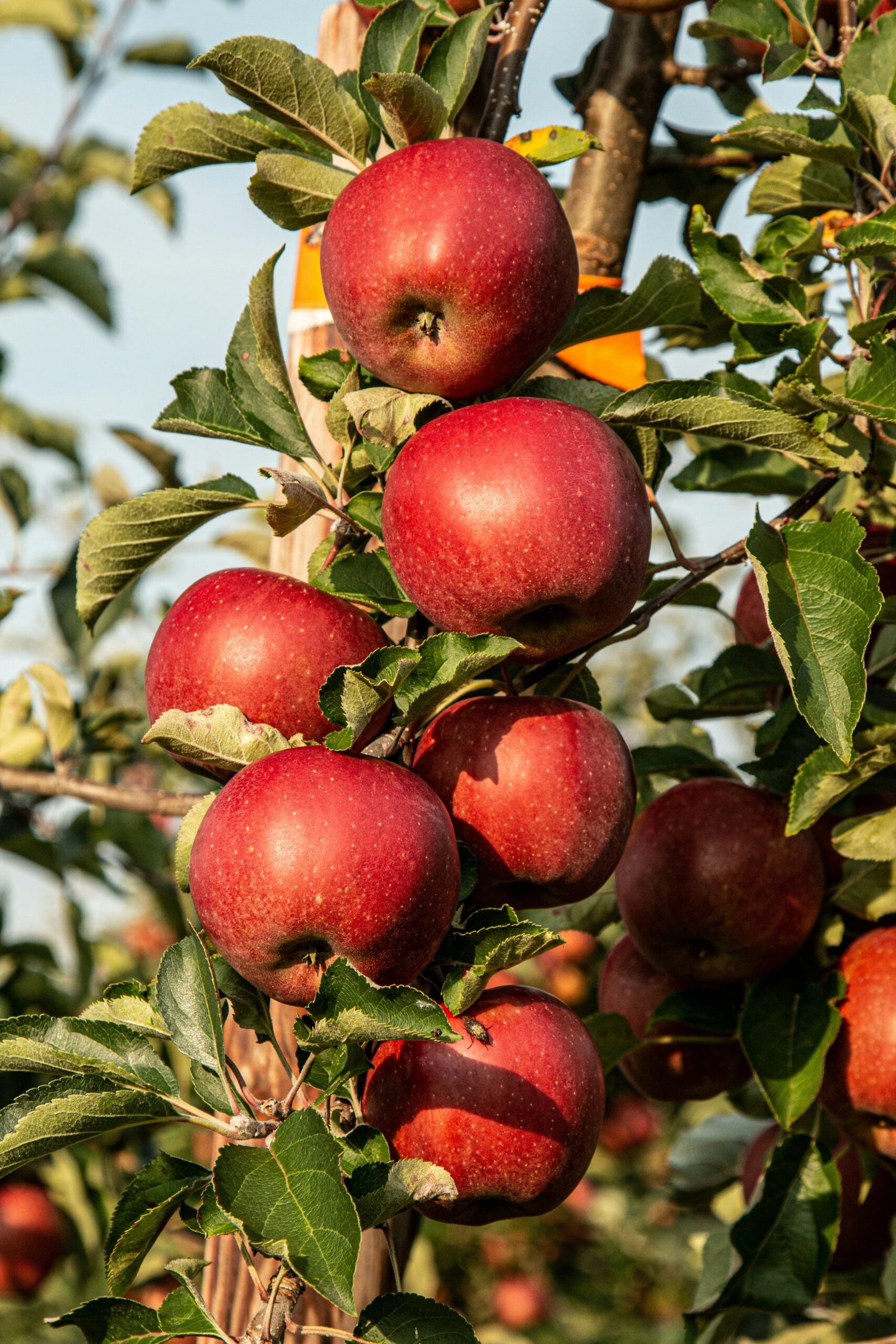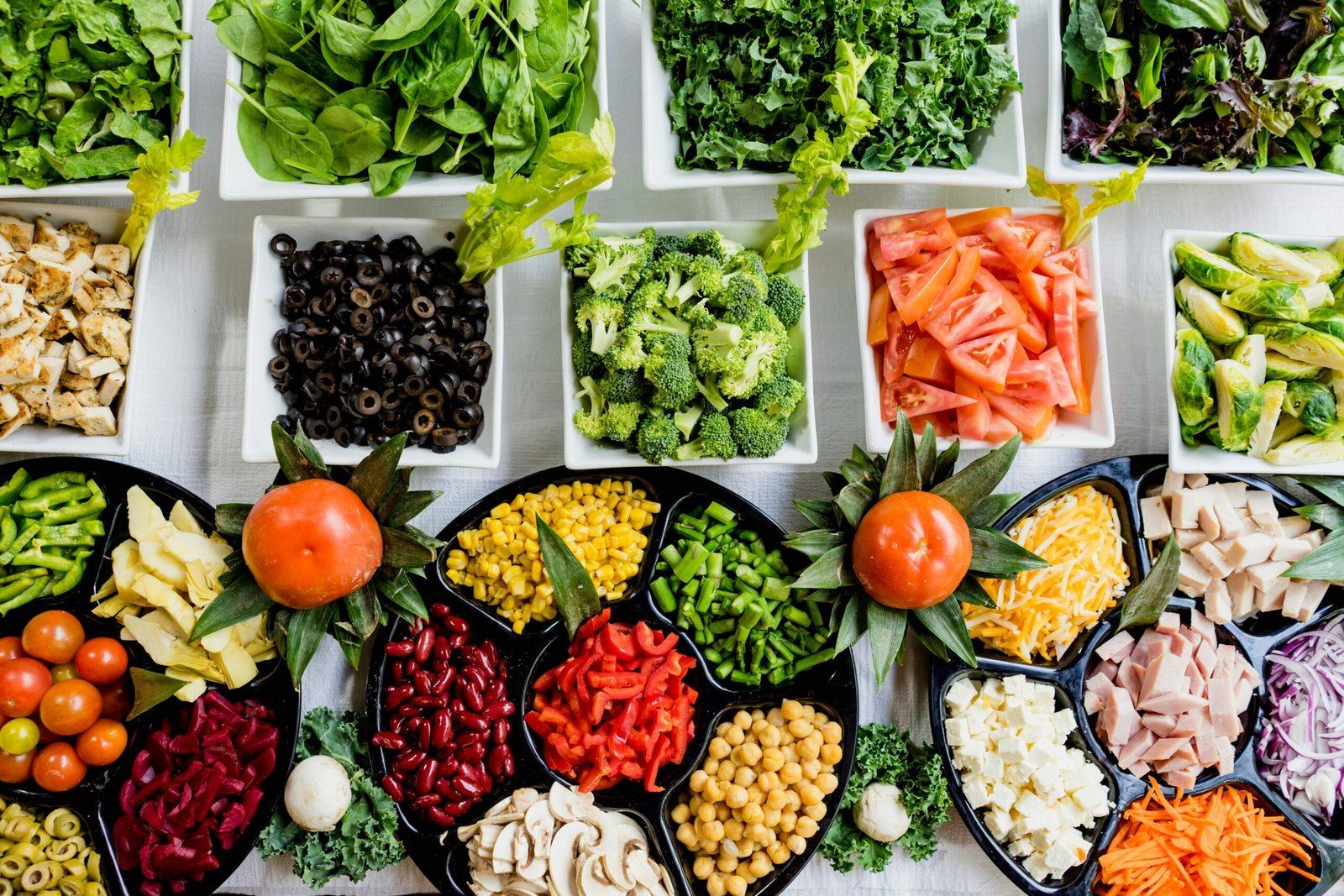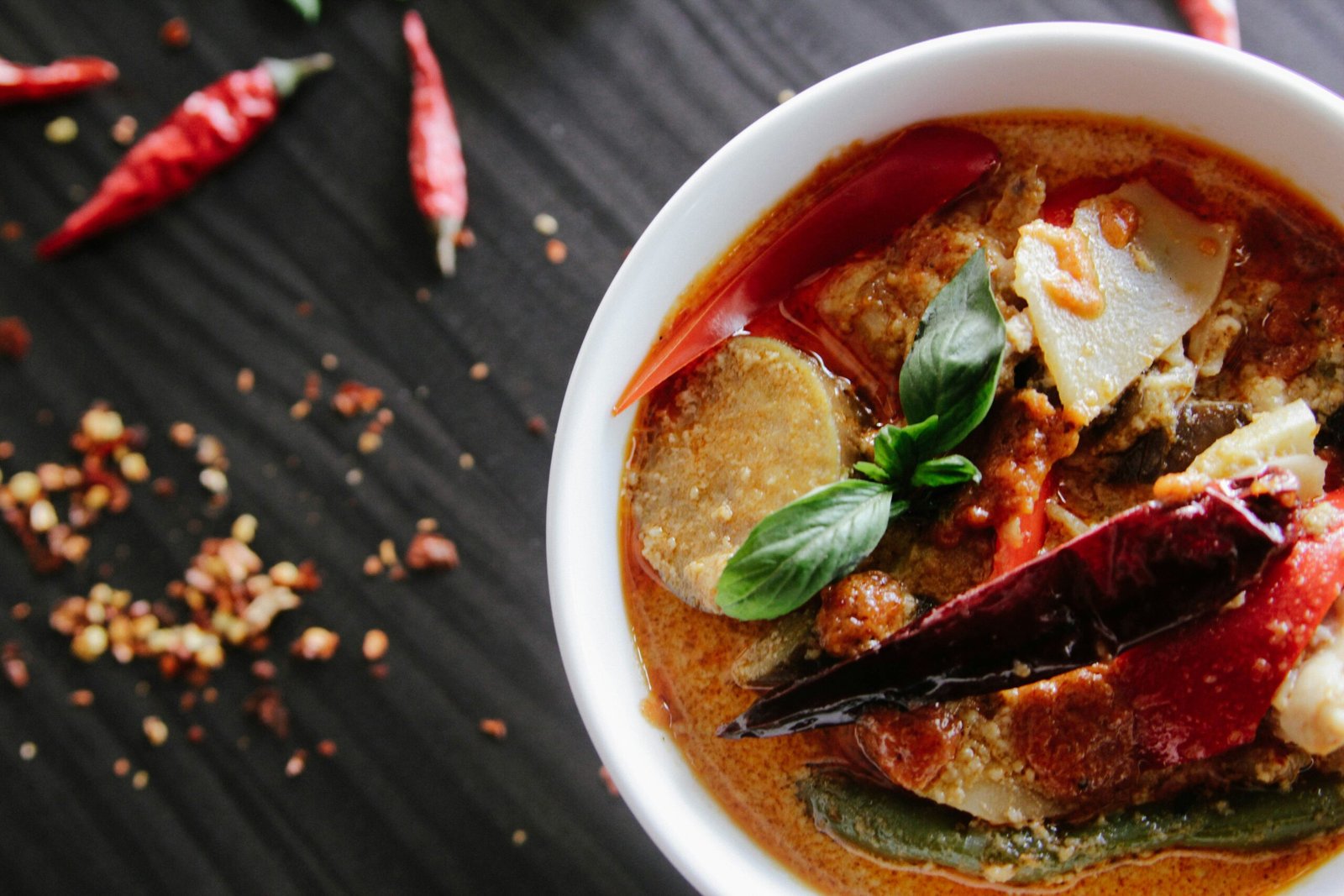Factors Contributing to the Rise of Asian Cuisine in the United States
This surge in interest can be attributed to several factors. Firstly, the growing Asian population in the United States has led to a greater demand for authentic Asian cuisine. As more Asian immigrants settle in the country, they bring with them their culinary traditions and introduce them to their new communities. This has resulted in a wider availability of ingredients and restaurants specializing in Asian cuisine.
Furthermore, the increasing globalization and interconnectedness of the world have made it easier for people to explore and appreciate different cultures, including their food. With the rise of social media and travel, individuals are exposed to a variety of cuisines from around the world, sparking curiosity and a desire to try new flavors and dishes.
Additionally, the health-conscious trend that has swept the nation has also played a role in the popularity of Asian cuisine. Many traditional Asian dishes are known for their use of fresh ingredients, minimal processing, and balanced flavors. This aligns with the growing preference for clean eating and a focus on well-being.
Moreover, the influence of Asian cuisine can be seen in the fusion of flavors and techniques in modern American cooking. Chefs and home cooks alike have been inspired by the bold and vibrant flavors of Asian dishes, incorporating them into their own creations. This cross-pollination of culinary traditions has resulted in a diverse and exciting food scene.
As the Asian population continues to grow, it is likely that the popularity of Asian cuisine will only increase. This presents an opportunity for individuals to explore the rich and diverse culinary heritage of Asia, trying everything from classic dishes like sushi and pad Thai to lesser-known delicacies like bibimbap and pho. The rise of Asian cuisine in the United States is not just a trend; it is a reflection of the evolving cultural landscape and a celebration of the contributions made by Asian communities.
Factors Contributing to the Rise of Authentic Chinese Dishes
Another factor contributing to the rise of authentic Chinese dishes is the growing interest in international cuisines among Americans. As people become more adventurous in their culinary choices, they are seeking out new and exciting flavors from around the world. Chinese cuisine, with its rich history and diverse regional variations, has become a popular choice for those looking to expand their palate.
Furthermore, the popularity of travel and globalization has exposed Americans to different cultures and cuisines. With the rise of social media and food blogs, people are able to learn about and appreciate the intricacies of Chinese cooking without leaving their own homes. As a result, there is a demand for more authentic Chinese dishes that stay true to the traditional flavors and techniques.
Restaurants and chefs have responded to this demand by sourcing high-quality ingredients and honing their skills in preparing authentic Chinese dishes. They are studying traditional recipes, experimenting with different ingredients, and mastering the art of Chinese cooking. This dedication to authenticity has resulted in a new wave of Chinese restaurants that are gaining popularity across the country.
Moreover, the health-conscious movement has also played a role in the rise of authentic Chinese dishes. Many people are now seeking out healthier options when dining out, and Chinese cuisine offers a wide variety of nutritious dishes. From steamed fish to stir-fried vegetables, authentic Chinese dishes often emphasize fresh ingredients and balanced flavors.
Overall, the rise of authentic Chinese dishes in America can be attributed to a combination of factors including the influence of Chinese immigrants, the growing interest in international cuisines, exposure to different cultures, and the demand for healthier options. As a result, Americans are now able to enjoy a wider range of authentic Chinese flavors and experience the true essence of Chinese cooking.
The Rise of Traditional Foods from Other Asian Countries
As Americans continue to explore traditional foods from other Asian countries, they are discovering a whole new world of flavors and culinary experiences. Each country offers its own unique dishes and cooking techniques that have captivated the taste buds of adventurous eaters.
Japanese cuisine, with its emphasis on fresh ingredients and meticulous preparation, has become synonymous with elegance and precision. Sushi, the iconic Japanese dish, has evolved from a niche delicacy to a mainstream favorite. Americans have embraced the art of sushi-making, with sushi bars and restaurants popping up in every corner of the country. From classic nigiri to creative rolls, sushi has become a staple in the American diet.
But Japanese cuisine is not just about sushi. Ramen, a hearty noodle soup, has also gained a devoted following. With its rich broth and tender noodles, ramen has become a comforting and satisfying meal for many. And let’s not forget about sashimi, thinly sliced raw fish that showcases the natural flavors and textures of the seafood.
Thai cuisine, on the other hand, is all about bold and vibrant flavors. Thai dishes are known for their harmonious blend of sweet, sour, salty, and spicy elements. Pad Thai, a stir-fried noodle dish, has become a go-to option for those craving a taste of Thailand. The combination of chewy noodles, tangy tamarind sauce, and crunchy peanuts creates a symphony of flavors in every bite.
Green curry, another Thai favorite, is a creamy and aromatic dish made with a paste of green chilies, lemongrass, and other herbs and spices. The curry is traditionally served with rice and a variety of vegetables and proteins, making it a satisfying and well-rounded meal.
Meanwhile, Korean cuisine is known for its bold and spicy flavors. Korean barbecue, where diners grill their own meat at the table, has become a social and interactive dining experience. The marinated meats, such as bulgogi (thinly sliced beef) and galbi (short ribs), are grilled to perfection and enjoyed with an array of banchan, or side dishes.
One of the most famous Korean side dishes is kimchi, a fermented vegetable dish that adds a tangy and spicy kick to any meal. Made with cabbage, radishes, and a blend of seasonings, kimchi is a staple in Korean cuisine and has gained a following among health-conscious Americans for its probiotic properties.
Lastly, Vietnamese cuisine offers a refreshing and vibrant take on Asian flavors. Pho, a fragrant noodle soup, is the quintessential Vietnamese dish. Made with a flavorful broth, rice noodles, and a variety of toppings like beef, chicken, or tofu, pho is a comforting and nourishing meal that has gained a loyal following.
Banh mi, a Vietnamese sandwich, is another popular option. Filled with a combination of meats, pickled vegetables, herbs, and condiments, banh mi offers a delightful mix of flavors and textures. It’s the perfect grab-and-go option for those looking for a quick and satisfying meal.
As Americans continue to embrace the diverse cuisines of Asia, they are not only expanding their culinary horizons but also gaining a deeper appreciation for the rich cultural heritage behind these traditional dishes. Whether it’s the delicate artistry of Japanese cuisine, the bold flavors of Thai food, the fiery spice of Korean dishes, or the fresh and vibrant flavors of Vietnamese fare, each country offers a unique and exciting culinary experience that is worth exploring.
The Growing Appreciation for Authenticity in Asian Cuisine
As the appreciation for authenticity continues to grow, so does the desire for a more immersive dining experience. Many restaurants are now going beyond just serving authentic dishes and are creating spaces that reflect the cultural heritage of the cuisine. From the decor to the music playing in the background, every aspect of the dining experience is carefully curated to transport diners to the heart of Asia.
Additionally, the increasing availability of authentic Asian ingredients in local grocery stores has allowed home cooks to experiment with these flavors in their own kitchens. This has led to a surge in popularity for Asian cooking classes and workshops, where people can learn the techniques and secrets behind their favorite dishes.
But it’s not just about the food itself. The growing appreciation for authenticity has also led to a deeper understanding and respect for the cultural significance of Asian cuisine. People are now more interested in learning about the history and traditions behind the dishes they enjoy. They want to know the stories behind the ingredients, the rituals involved in preparing the food, and the significance of certain dishes in different Asian cultures.
This increased awareness has also led to a greater emphasis on sustainability and ethical sourcing. Consumers are now more conscious of where their food comes from and how it is produced. They want to support restaurants and brands that prioritize fair trade, organic farming practices, and animal welfare.
Overall, the growing appreciation for authenticity in Asian cuisine is not just a passing trend, but a reflection of a larger cultural shift. It represents a desire for connection, exploration, and a deeper understanding of the world around us. And as this appreciation continues to grow, we can expect to see even more exciting and authentic Asian dining experiences in the future.







